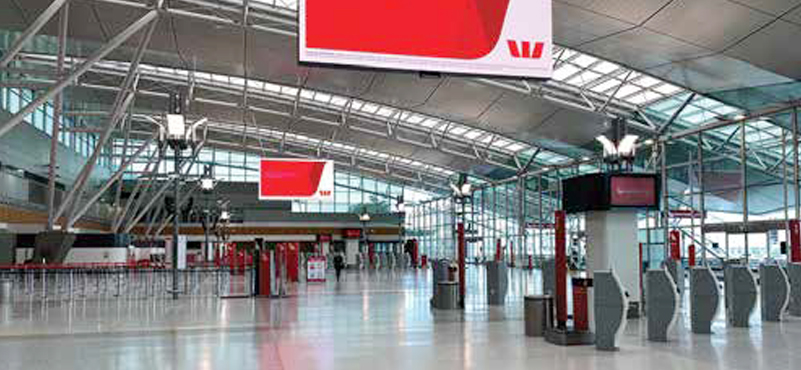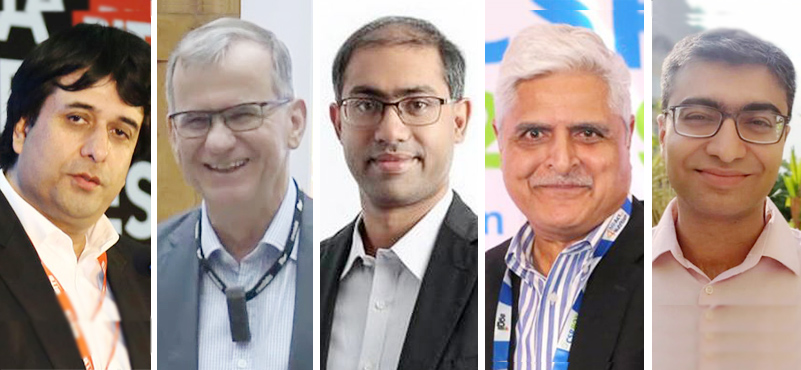At a recently held summit in Delhi, the top government functionaries subtly indicated the possible provisions which the new Civil Aviation Policy will eventually prescribe.
Even as there is no formal indication from the Rajiv Gandhi Bhawan pertaining to the final unveiling of the new civil aviation policy (it was originally scheduled to come into the effect from April 1st), at the PHDCCI Civil Aviation Summit held last month, senior functionaries of Ministry of Civil Aviation (MoCA) dropped enough hints to suggest the possible constituents which will eventually determine the fate of Indian aviation in the coming years.
To begin with, from the government’s perspective, regional connectivity is the major thrust and backing it up with fiscal incentives (viability gap funding and 2 percent additional cess on normal scheduled operators) is the clear USP of the proposals incorporated in the draft policy paper. “We are trying to frame a policy which should benefit the domestic market. That is our prime concern,” said Union Civil Aviation Minister Ashok Gajapathi Raju in his brief speech at the inaugural session. “Regional connectivity is a major focus in many big Asian markets today and that is what our policy proposes to do in India. We have to bring in a regime which should allow operations of smaller airports and smaller aircrafts. We have proposed viability gap funding which responds to the need of incentivising regional connectivity,” Joint Secretary of Civil Aviation Ministry, Anil Srivastava added.
Prima facie, no stakeholder has any reservation with the thrust on regional connectivity. Kapil Kaul of CAPA called it a ‘directionally positive move’ and the industry, by and large, seems to be have accepted the fact that regional connectivity will be a vital pillar of Indian aviation’s future wherein it is projected to become the third largest market in the world over the next decade. The reservations expressed is on the issue of modalities – how to achieve the tectonic shift in the existing mind-set which would entail creating required infrastructure in remote locations. “Indian aviation market in the past has been largely centered around select political and commercial hubs. The top ten cities contribution to the total domestic traffic in the country now stands at 78 percent – a significant increase from 67 percent in 2000-01. Certain one million plus towns which are also commercial hubs – Kota and Ludhiana – do not have an airport. It will need a huge shift in focus,” pointed out Manish Chedia, MD of Auctus Advisors, a management consultancy firm. While creating effective infrastructure at new regional locations is one extreme of the issue, another dimension sadly underlines that putting up infrastructure has not really worked in many places. Jaisalmer airport is a glaring example today which is ready for past three years (with a an investment of Rs.50 crore) but no scheduled operations has begun. “Since 2007, about 20 airports/airstrips which we have revamped are either under-utilised or unutilised,” admitted S Sreekumar, GM (Planning), AAI. Sanat Kaul, Chairman, International Foundation of Aviation, Aerospace and Development (India Chapter) issued a cautionary note. “Regional connectivity is not always viable. You must not forget the example of Vayudoot which was touching 100 stations in 1980s but then went belly up. Now this policy seems to have a financial plan but for implementing viability gap funding, you need to get all the states on the board. Most importantly, its success would be determined by sustained efforts. Airports can’t be run on the basis of one aircraft a week frequency.” Even a new comer in the fray, Hyderabad-based True Jet which launched operations last year as a regional carrier, is of the opinion that initiatives to promote regional connectivity have to be holistic. “AAI has to give the waiver on landing charges. Flying to tier-2 locations in other regions should also be allowed for regional carriers so that they have an expansive network and offer more destination options to the domestic flyers,” demanded Umesh V, MD of True Jet.
Equally entwined with the issue of regional connectivity is the validity of Route Dispersal Guidelines (RDG) which compel all scheduled operators to put a certain percentage of their operations to connect remote locations. The norm was imposed in mid-90s and according to some analysts, this norm is no longer effective in the era of dynamic changes. “RDG is simply unfair. We shouldn’t be telling our airlines where to fly,” observed Amber Dubey, Head- Aerospace and Defence, KPMG India. However, functionaries of MoCA made it clear that the government does not buy the argument that RDG has outlived its utility. “RDG has been successful in the country. Had it been not there, destinations in the north-east, Andaman would have never made it to the larger national aviation map,” Gargi Kaul, Joint Secretary, Ministry of Civil Aviation strongly emphasised. “We are planning to give a slight tweak to RDG norms by adding new locations, possibly hill stations which are not on aviation network,” Srivastava added. The assertions by top functionaries of the ministry on RDG clearly indicates which way the wind is blowing.
Fixing a price cap of Rs.2500 on regional routes covered in less than an hour is another major issue on which some analysts have expressed their reservation saying the government should not keep pricing levers in its hand. However, according to Gargi Kaul, MoCA’s rationale behind such a price band is simple. “To give a big-ticket push to the regional segment, we want to divert some passenger traffic from the railways – especially those who are travelling by AC-2 and AC-1 class. And that is the entire logic behind this cap. In internal discussions with us, some airlines are favouring this move.” The statement is probably another indicator that when the suspense is finally lifted from the new civil aviation policy, Rs.2500 pricing band may emerge as a major highlight.




































